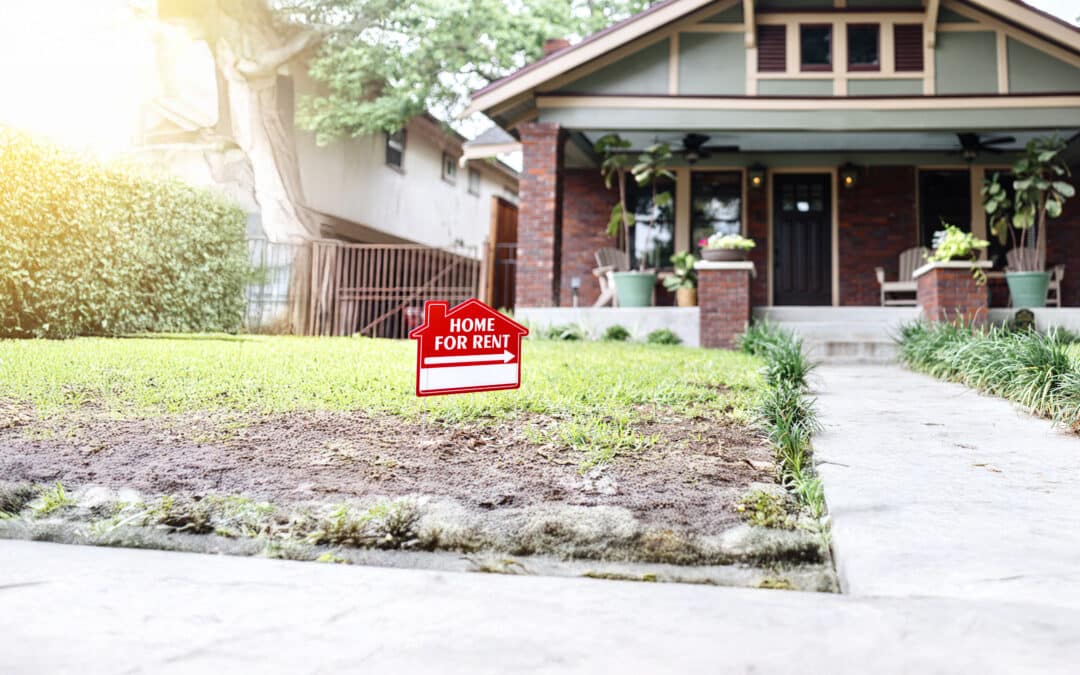Real estate investing has remained one of the time-tested ways to create wealth. While the potential returns can be compelling, it is important to consider the risks objectively and then make a judicious decision.
Unpredictability
Until the economic meltdown of 2008, many investors ignored real estate risks and assumed that property prices would only go up! When the market crashed and Fannie Mae and Freddie Mac were destroyed, the hard-earned capital and savings of many investors evaporated overnight. It is important to recognize that the market value of your property holdings could depreciate.
It is hard to foresee in which direction the market will move because apart from the economic forces of demand and supply, interest rates, changes in government policies, the rise of other asset classes, and unforeseen national or international events can dramatically and suddenly change the market contours.
Risks of Illiquidity
Unlike gold or equity stocks, real estate is a relatively illiquid asset class. Moreover, the returns will usually happen over a longer time period. If you are in a situation where you might suddenly need hard cash for urgent payments, you cannot rely on your property unless you want to make a desperate sale at a distress price.
While a lack of liquidity is an unavoidable real estate investment risk, you can try to mitigate it by utilizing the equity value on your property if you need immediate money. For residential rental property, you may consider cash-out refinance if the interest rates are favourable, or seek a home equity loan. In case of commercial real estate, you may apply for a commercial equity credit line or loan.
Cash Flow Risks
Real estate investment management requires sophisticated expertise to avoid the risk of negative cash flows. When you are investing, you must consider not only the anticipated profits but also the worst-case scenario of a market downturn. The cash that your property is producing should exceed the mortgage payments, maintenance overheads, property taxes, and other associated costs.
When you invest in real estate, account for the possibility of higher vacancy rates. Negative cash flows typically occur when your rental strategy is sub-optimal, your financing costs are abnormally high, or the building requires frequent repairs and maintenance. Be diligent and realistic in your calculations about a potential real estate investment before you take the plunge.
Location and Structural Risks
Location often lies at the heart of a sustainable real estate investment strategy. A stellar location will likely have demand even during a market downturn and will offer robust appreciation during good times. But the key real estate risk is that you may either pay too much for a good location or get trapped in a cheap but poor location. You need to be wary of both these possibilities.
Another serious real estate investment risk is hidden structural issues in the building. Even if you have chosen a good location at a competitive price, sometimes a deal may be too good to be true. Unexpected foundation repairs, fixing the siding, remediation for asbestos or mold, and other structural repairs can disrupt your entire financial planning for the property investment.
Risk of High Vacancies
When you invest in real estate such as an office building or a multi-family property, you need to ensure that you have a sufficient number of tenants at any given time to maintain positive cash flow. However, sometimes even with astute real estate investment management, you may end up with high vacancies on your property.
Financial risks are particularly high if you are relying on rental income to make mortgage payments, repairs and maintenance, property taxes, and insurance premiums. You can mitigate the risk of high vacancy rates with the following measures:
- Offer competitive rental rates
- Proactively seek new tenants the moment you receive notice from an existing one
- Market your property creatively through low-cost online advertising and social media
- Recognize the needs of your tenants and adapt your property accordingly
- Do not cut corners on property maintenance and hygiene
- List the property with a reputable realty professional
Risk of Difficult Tenants
It’s perspicacious to balance the risk of high vacancies with the risk of bad tenants. A problematic tenant can end up causing a more severe drain on your resources than a vacant unit. Your goal should be to avoid tenants who are less likely to pay the rent on time or can ill afford to pay it at all. If your energies go into constant conflict with difficult tenants and pursue the legal eviction process, it is bound to distract you from your focused goals.
As a first step, insure your real estate investment against potential liability, losses, and damages. Put in place a comprehensive screening process for applicants, and tie up with a background check service provider to conduct a criminal and credit background check on every potential tenant.
The Bottom Line: Is Real Estate a Safe Investment?
Every investment risk comes with an equally compelling wealth creation opportunity. By adopting a savvy approach to real estate investing, you can minimize your risks and turn the odds overwhelmingly in your favor. Stay committed to performing due diligence and critical market analysis to achieve outstanding results from your real estate investment.























0 Comments